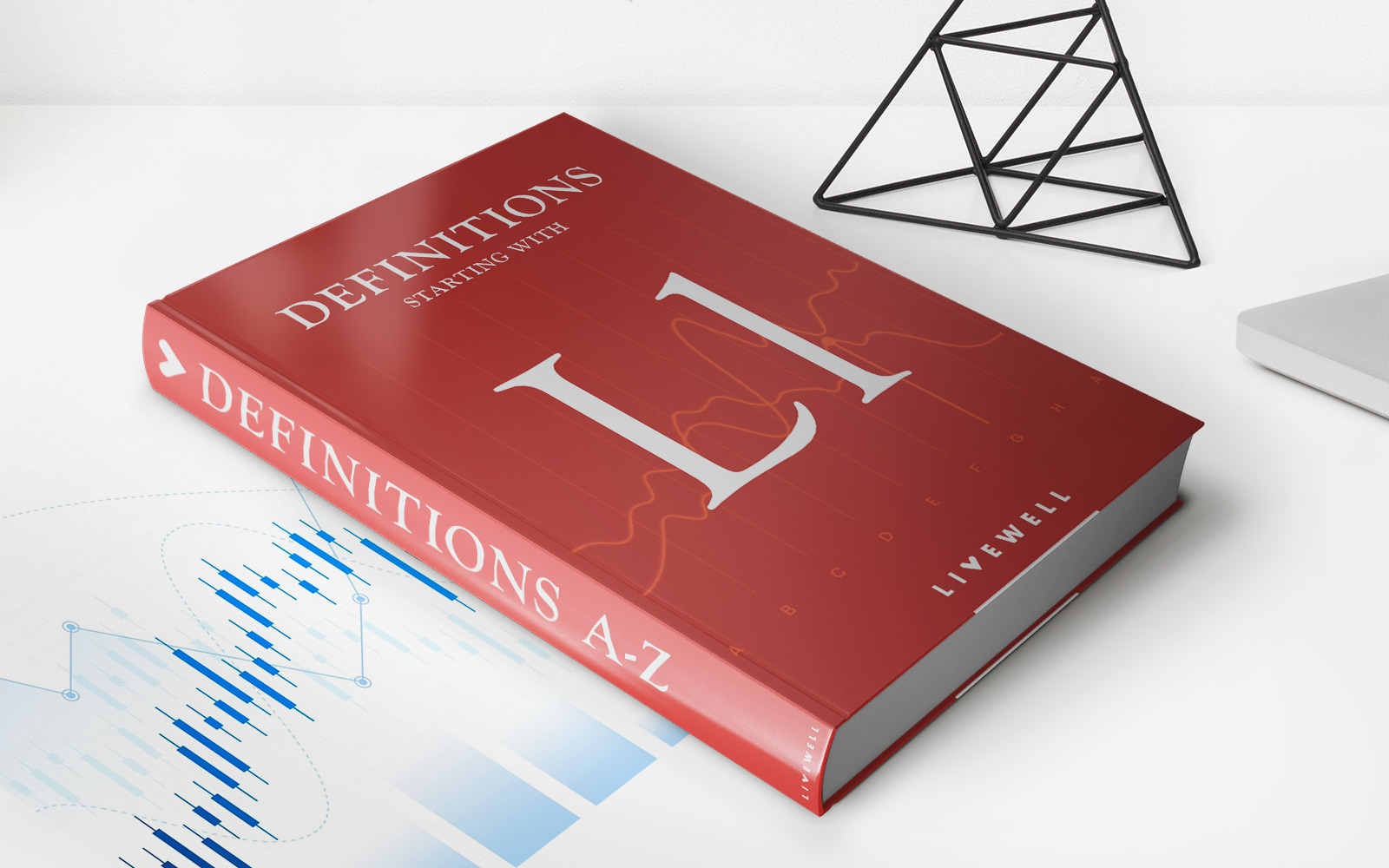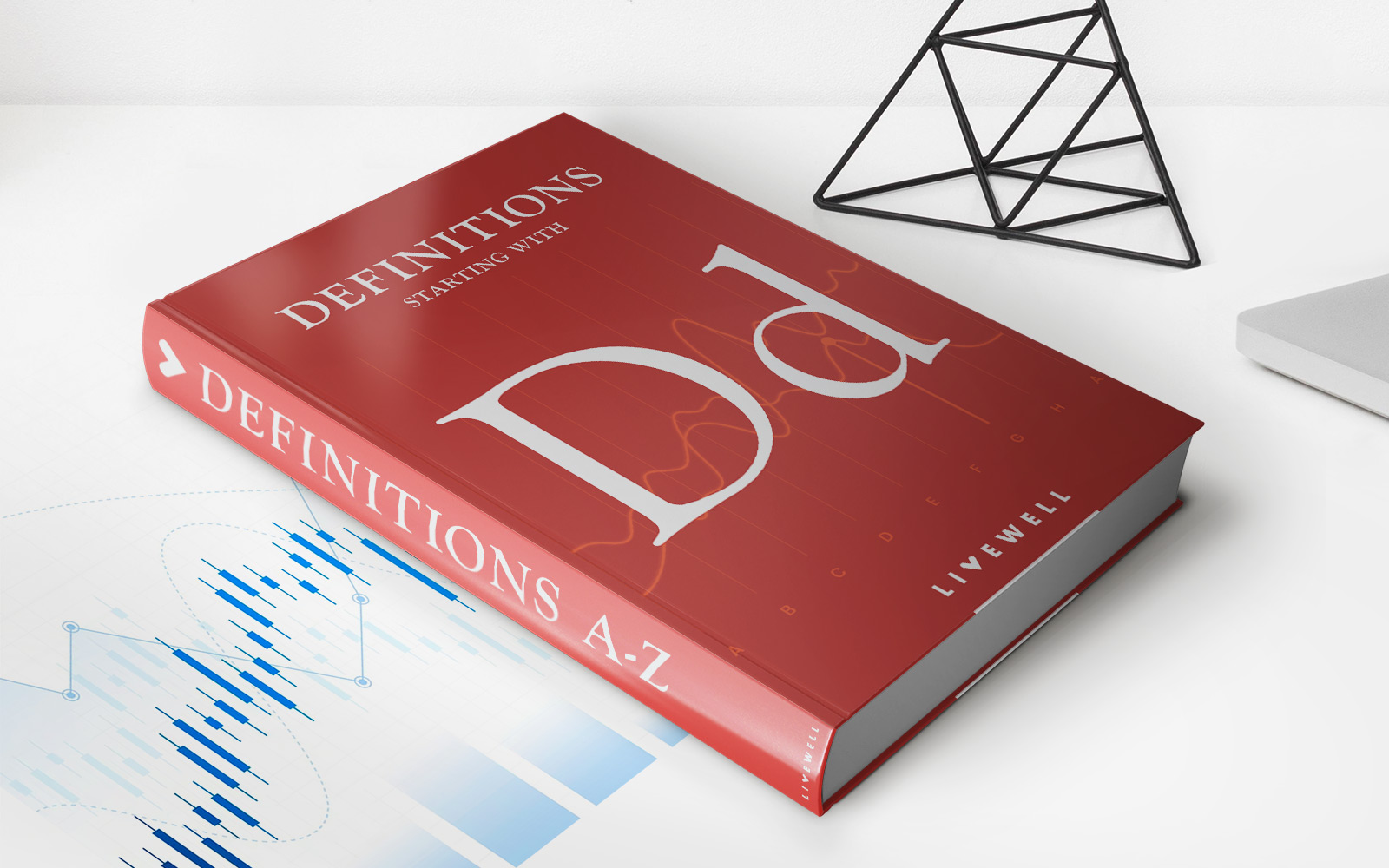

Finance
How To Improve Credit Default Student Loan
Published: March 4, 2024
Learn how to improve your credit and manage student loan defaults with our expert finance tips. Take control of your financial future today!
(Many of the links in this article redirect to a specific reviewed product. Your purchase of these products through affiliate links helps to generate commission for LiveWell, at no extra cost. Learn more)
Table of Contents
Introduction
Navigating the realm of student loans can be a daunting journey, especially when faced with the challenge of credit default. For many individuals, student loans are a vital means to access higher education and pursue their dreams. However, the burden of repayment can become overwhelming, leading to default—a situation where a borrower fails to meet the agreed-upon terms of the loan. When this occurs, it can have significant repercussions on one's credit score, financial stability, and overall well-being.
Understanding the complexities of credit default student loans and the potential impact on one's financial future is crucial. By delving into the underlying causes, implications, and available remedies, individuals can empower themselves to take proactive steps towards improving their credit default student loan status.
In this comprehensive guide, we will explore the multifaceted nature of credit default student loans, unravel the strategies to mitigate its adverse effects, and shed light on the avenues for seeking professional assistance. By equipping oneself with the knowledge and resources presented in this article, individuals can embark on a journey towards financial recovery and regain control over their financial well-being. Let's delve into the intricacies of credit default student loans and uncover actionable steps to pave the way for a brighter financial future.
Understanding Credit Default Student Loan
Before delving into strategies for improving credit default student loans, it’s essential to grasp the fundamental aspects of this predicament. A credit default on a student loan occurs when a borrower fails to make payments as stipulated in the loan agreement. This can happen for various reasons, such as financial hardship, unemployment, or other unforeseen circumstances that impede the ability to meet the repayment obligations.
When a student loan enters default, it can have far-reaching consequences. The borrower’s credit score is negatively impacted, making it challenging to secure future loans or credit cards. Additionally, the loan balance may escalate due to accrued interest and collection fees, exacerbating the financial strain on the borrower.
Understanding the implications of credit default is crucial in addressing this issue effectively. By acknowledging the potential ramifications, borrowers can take proactive measures to mitigate the adverse effects and work towards resolving the default status.
Moreover, comprehending the terms and conditions of the student loan, including the grace period, repayment options, and potential penalties for default, is paramount. This knowledge empowers borrowers to make informed decisions and explore viable solutions to rectify their default status.
By gaining a comprehensive understanding of credit default student loans, individuals can approach the challenge with clarity and purpose. The next sections will delve into actionable strategies to improve credit default student loans, offering a roadmap to financial recovery and stability.
Strategies to Improve Credit Default Student Loan
When faced with the burden of a credit default on a student loan, it’s imperative to explore effective strategies for improvement. While the situation may seem daunting, there are actionable steps that borrowers can take to address and rectify their default status. By implementing these strategies, individuals can pave the way for financial recovery and regain control over their credit default student loans.
- Evaluate Financial Situation: Begin by conducting a comprehensive assessment of your financial standing. Understanding your income, expenses, and overall financial health is crucial in formulating a realistic plan to address the default status.
- Communicate with Lenders: Open lines of communication with the loan servicer or lender. Initiating a dialogue can lead to potential options for loan rehabilitation, forbearance, or alternative repayment plans tailored to your current financial circumstances.
- Explore Rehabilitation Programs: Many student loan rehabilitation programs are designed to help borrowers exit default status by adhering to a new repayment plan. Engaging with these programs can offer a pathway to restore the loan to good standing.
- Utilize Income-Driven Repayment Plans: Income-driven repayment plans adjust monthly payments based on the borrower’s income, offering a more manageable approach to loan repayment. These plans can alleviate the financial strain associated with default.
- Stay Informed About Loan Forgiveness: Investigate potential eligibility for loan forgiveness programs, particularly for individuals working in public service or specific professions. Loan forgiveness can provide substantial relief from the burden of student loan debt.
By implementing these strategies and exploring available resources, borrowers can take proactive steps towards improving their credit default student loans. The subsequent sections will delve into specific approaches, such as creating a repayment plan, seeking loan forgiveness or discharge, consolidating or refinancing loans, and seeking professional assistance, offering a comprehensive roadmap to address credit default student loans effectively.
Creating a Repayment Plan
One of the pivotal steps in addressing credit default on student loans is the creation of a structured repayment plan. This plan serves as a roadmap to gradually settle the outstanding debt while considering the borrower’s financial capabilities and obligations. By formulating a realistic and sustainable repayment plan, individuals can take proactive measures to improve their credit default student loans.
When crafting a repayment plan, it’s essential to consider the following key elements:
- Assessment of Financial Situation: Begin by conducting a thorough evaluation of your financial standing, including income, expenses, and outstanding debts. Understanding the full scope of your financial landscape is crucial in devising a viable repayment strategy.
- Open Communication with Lenders: Engage in transparent and open communication with the loan servicer or lender. Discussing your financial challenges and exploring potential options for loan rehabilitation, forbearance, or alternative repayment plans can lead to mutually beneficial solutions.
- Exploration of Income-Driven Repayment Plans: Investigate the feasibility of income-driven repayment plans, which adjust monthly payments based on your income. These plans can provide relief by aligning the repayment schedule with your financial capacity.
- Consideration of Debt Consolidation: Assess the possibility of consolidating multiple student loans into a single, more manageable loan. Debt consolidation can streamline the repayment process and potentially lower the monthly payment amount.
- Commitment to Consistent Payments: Once a repayment plan is established, it’s crucial to adhere to the agreed-upon schedule and make consistent payments. Timely and regular payments demonstrate a commitment to resolving the default status and rebuilding financial stability.
By meticulously crafting and adhering to a structured repayment plan, borrowers can take significant strides towards improving their credit default student loans. This proactive approach sets the foundation for financial recovery and paves the way for a more secure financial future.
Seeking Loan Forgiveness or Discharge
For individuals grappling with credit default on student loans, exploring the possibility of loan forgiveness or discharge can offer a ray of hope amidst financial challenges. Loan forgiveness and discharge programs provide avenues for borrowers to alleviate the burden of student loan debt under specific circumstances, offering a potential pathway to address credit default.
Here are essential considerations when seeking loan forgiveness or discharge:
- Research Eligibility Criteria: Investigate the eligibility requirements for loan forgiveness or discharge programs, particularly those tailored to public service, teaching, healthcare, or other specified professions. Understanding the criteria is crucial in determining potential pathways for debt relief.
- Explore Public Service Loan Forgiveness (PSLF): Individuals working in public service or non-profit organizations may qualify for the PSLF program, which forgives the remaining balance on Direct Loans after making 120 qualifying monthly payments under a qualifying repayment plan while working full-time for a qualifying employer.
- Consider Teacher Loan Forgiveness: Educators serving in low-income schools or educational service agencies may be eligible for teacher loan forgiveness, providing relief on a portion of their Direct Subsidized and Unsubsidized Loans and Subsidized and Unsubsidized Federal Stafford Loans.
- Investigate Disability Discharge: Borrowers facing a total and permanent disability may be eligible for a discharge of their federal student loans through the Total and Permanent Disability (TPD) discharge program, offering a pathway to alleviate the financial burden of student loan debt.
- Assess Closed School Discharge: Individuals whose school closes while they are enrolled or shortly after withdrawal may be eligible for a discharge of their federal student loans through the Closed School Discharge program, providing relief from the financial obligations associated with the incomplete educational program.
By exploring and understanding the options for loan forgiveness or discharge, borrowers can potentially find relief from the weight of credit default student loans. These programs offer viable pathways to address the financial challenges associated with default status, paving the way for a more stable and secure financial future.
Consolidating or Refinancing Loans
Consolidating or refinancing student loans presents a strategic approach for individuals grappling with credit default, offering the potential to streamline repayment and alleviate financial strain. By consolidating multiple loans into a single, more manageable loan or refinancing existing loans at more favorable terms, borrowers can take proactive steps towards addressing credit default student loans.
Here are key considerations when exploring loan consolidation or refinancing:
- Assessment of Loan Portfolio: Begin by assessing your existing student loan portfolio, including the types of loans, interest rates, and repayment terms. Understanding the full scope of your loans is crucial in determining the potential benefits of consolidation or refinancing.
- Exploration of Federal Loan Consolidation: For individuals with multiple federal student loans, federal loan consolidation offers the opportunity to combine them into a single Direct Consolidation Loan. This simplifies the repayment process by consolidating multiple payments into one and potentially extends the repayment term, resulting in a lower monthly payment amount.
- Consideration of Private Loan Refinancing: Private loan refinancing involves obtaining a new loan from a private lender to pay off existing student loans, often at more favorable terms, such as a lower interest rate or extended repayment period. This can lead to potential savings on interest and more manageable monthly payments.
- Assessment of Eligibility and Terms: Evaluate the eligibility criteria and terms of loan consolidation or refinancing options, considering factors such as credit score, income stability, and the potential impact on interest rates and repayment terms. Understanding the implications is crucial in making an informed decision.
- Consultation with Financial Advisors: Seeking guidance from financial advisors or loan consolidation experts can provide valuable insights into the benefits and potential drawbacks of consolidation or refinancing, empowering borrowers to make well-informed decisions tailored to their financial goals.
By exploring the potential benefits of loan consolidation or refinancing, individuals can take proactive steps towards addressing credit default student loans. These strategic approaches offer the opportunity to streamline repayment, potentially reduce monthly payments, and pave the way for a more manageable and sustainable financial future.
Seeking Professional Help
When navigating the complexities of credit default on student loans, seeking professional assistance can provide invaluable support and guidance in addressing this challenging predicament. Professional advisors, credit counselors, and legal experts specializing in student loan debt can offer tailored strategies and insights to empower individuals in improving their credit default student loans.
Here are essential considerations when seeking professional help:
- Engage with Credit Counselors: Credit counseling agencies can provide personalized financial guidance, debt management plans, and budgeting strategies to help individuals regain control over their finances and address credit default on student loans.
- Consult with Student Loan Specialists: Professionals specializing in student loan debt can offer comprehensive insights into available repayment options, loan rehabilitation programs, and potential pathways for loan forgiveness or discharge, tailored to the borrower’s unique circumstances.
- Explore Legal Assistance: In cases where legal complexities or disputes arise regarding student loan debt, seeking legal counsel from attorneys experienced in consumer finance and student loan law can provide essential support in navigating legal challenges and advocating for borrowers’ rights.
- Engage with Financial Advisors: Financial advisors can offer strategic guidance on debt management, loan repayment strategies, and long-term financial planning, empowering individuals to make informed decisions and take proactive steps towards financial recovery.
- Research Reputable Service Providers: When seeking professional help, it’s essential to research and engage with reputable service providers, ensuring that they have the expertise and track record in assisting individuals with student loan debt challenges.
By seeking professional help, individuals can access tailored support and expertise to address credit default student loans effectively. These professionals can offer personalized strategies, advocacy, and resources to navigate the complexities of student loan debt, empowering borrowers to regain financial stability and chart a path towards a brighter financial future.
Conclusion
Navigating the challenges of credit default on student loans can be a daunting and overwhelming experience, impacting individuals’ financial well-being and future prospects. However, by understanding the intricacies of credit default student loans and implementing proactive strategies, borrowers can take significant steps towards improving their financial standing and regaining control over their loans.
From creating a structured repayment plan and exploring loan forgiveness options to considering loan consolidation or refinancing, individuals have a range of actionable strategies at their disposal. Engaging with professional advisors and seeking tailored guidance can provide invaluable support in addressing credit default and charting a path towards financial recovery.
It’s essential for borrowers to approach the challenge of credit default student loans with determination, resilience, and a proactive mindset. By staying informed, leveraging available resources, and seeking assistance when needed, individuals can overcome the obstacles associated with credit default and pave the way for a more stable and secure financial future.
Ultimately, the journey towards improving credit default student loans is a testament to resilience and the pursuit of financial empowerment. By taking proactive steps, seeking guidance, and remaining steadfast in their commitment to financial recovery, individuals can emerge from the challenges of credit default with renewed confidence and a clearer path towards long-term financial well-being.
As individuals embark on this journey, it’s crucial to remember that they are not alone. By accessing the available support networks, resources, and expertise, borrowers can navigate the complexities of credit default student loans with confidence and determination, ultimately achieving greater financial stability and peace of mind.














